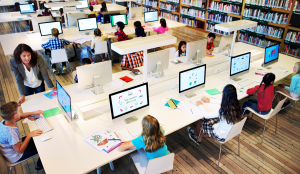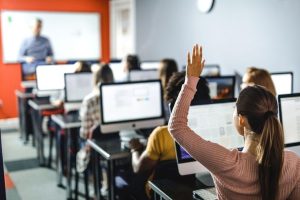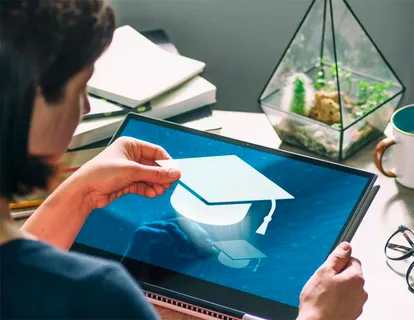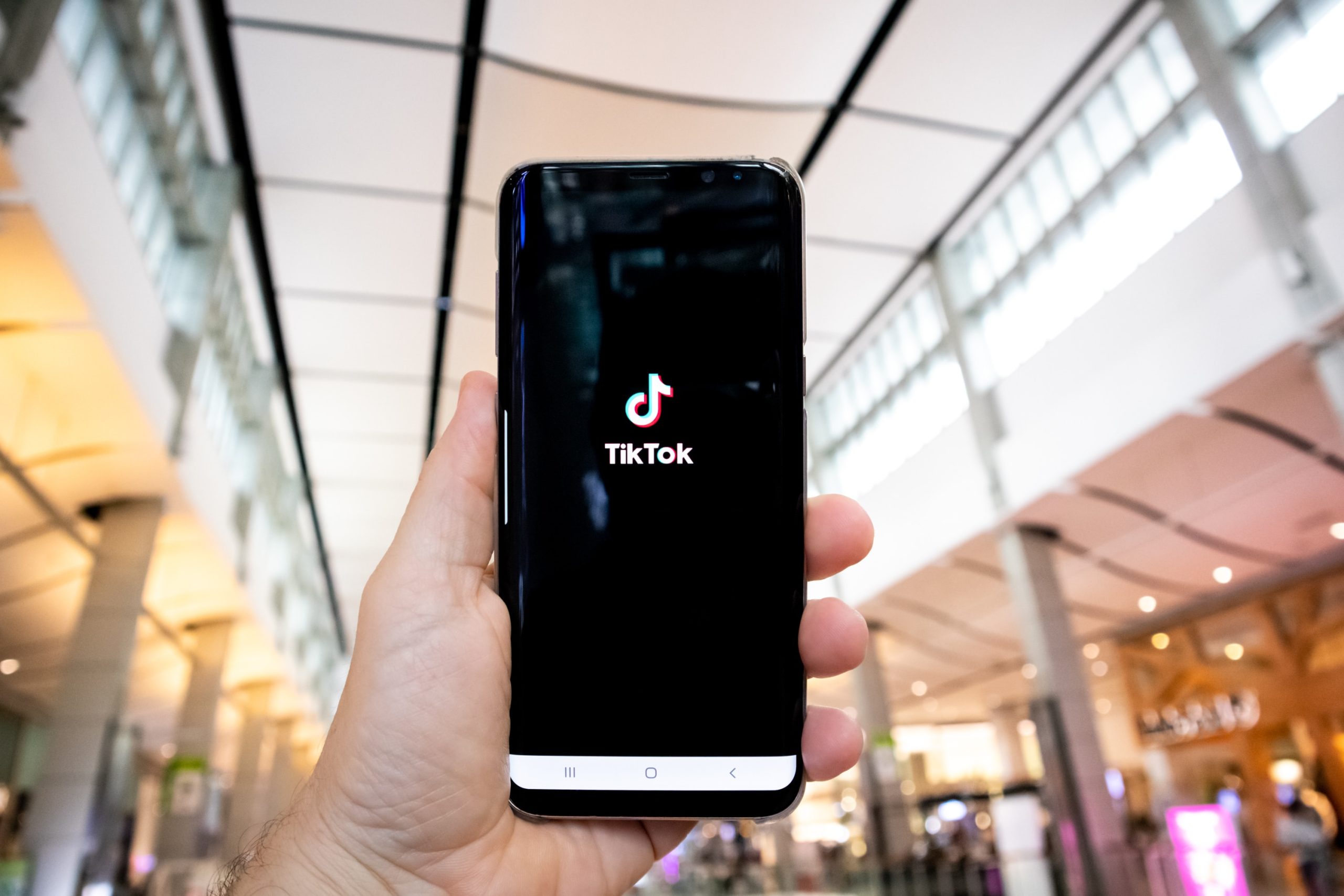In an era characterized by rapid technological advancements and evolving societal needs, educational Innovation systems worldwide are undergoing transformative changes. These innovations are not merely about integrating new technologies but also about rethinking pedagogical approaches, learning environments, and the overall objectives of education. This article delves into some of the most significant global trends in educational innovation, highlighting their impact and potential for shaping the future of learning.
Digital Transformation in Education

One of the most prominent trends is the digital transformation of education. The proliferation of digital tools and resources has revolutionized how educators teach and students learn. E-learning platforms, virtual classrooms, and digital textbooks are becoming commonplace, offering flexible and personalized learning experiences.
Massive Open Online Courses (MOOCs) have democratized access to education, allowing learners from all corners of the globe to enroll in courses from prestigious institutions. Platforms like Coursera, edX, and Khan Academy have made high-quality education accessible to millions, breaking down geographical and financial barriers.
Personalized Learning
Personalized learning tailors educational experiences to individual students’ needs, strengths, and interests. Advances in artificial intelligence (AI) and machine learning are enabling educators to create customized learning pathways. Adaptive learning technologies analyze students’ performance in real-time, providing instant feedback and adjusting the difficulty level of tasks accordingly.
For instance, platforms like DreamBox and i-Ready offer adaptive math and reading programs that cater to each student’s learning pace. This approach not only enhances student engagement but also improves learning outcomes by addressing specific gaps in knowledge and skills.
Gamification and Game-Based Learning
Gamification and game-based learning are gaining traction as effective educational strategies. By incorporating game elements such as points, badges, and leaderboards into the learning process, educators can boost student motivation and engagement.
Game-based learning, on the other hand, involves using actual games to teach educational Innovation content. Minecraft: Education Edition and Kahoot! are examples of platforms that leverage the engaging nature of games to foster creativity, collaboration, and critical thinking among students.
Project-Based Learning (PBL)
Project-Based Learning (PBL) is an instructional approach that encourages students to learn by engaging in real-world and meaningful projects. This method promotes critical thinking, problem-solving, and collaboration skills. Students work on projects over an extended period, which culminates in a final product or presentation.
PBL has been successfully implemented in various educational settings. For example, the High Tech High network of schools in the United States emphasizes PBL to prepare students for the challenges of the 21st century. By working on interdisciplinary projects, students develop a deeper understanding of the subject matter and its practical applications.
STEAM Education
STEAM (Science, Technology, Engineering, Arts, and Mathematics) education integrates the arts into the traditional STEM curriculum, fostering creativity and innovation. This holistic approach encourages students to think critically and solve complex problems by drawing on diverse disciplines.
Countries like South Korea and Finland have embraced STEAM education to prepare students for future careers in a rapidly changing world. Schools are incorporating robotics, coding, and design thinking into their curricula, providing students with hands-on experiences that bridge the gap between theoretical knowledge and practical skills.
Social-Emotional Learning (SEL)

Social-Emotional Learning (SEL) focuses on developing students’ emotional intelligence, interpersonal skills, and self-awareness. As the importance of mental health and well-being becomes increasingly recognized, SEL is being integrated into educational Innovation frameworks worldwide.
Programs like CASEL (Collaborative for Academic, Social, and Emotional Learning) provide resources and guidelines for implementing SEL in schools. By fostering a supportive and empathetic learning environment, SEL helps students build resilience, manage stress, and develop positive relationships.
Blended Learning
Blended learning combines traditional face-to-face instruction with online learning, offering a hybrid approach that maximizes the benefits of both methods. This model provides flexibility, allowing students to learn at their own pace while still receiving guidance and support from educators.
The COVID-19 pandemic accelerated the adoption of blended learning, as schools and universities had to pivot to remote instruction. Moving forward, many institutions are continuing to embrace this approach, recognizing its potential to enhance student engagement and learning outcomes.
Lifelong Learning and Micro-Credentials
The concept of lifelong learning is becoming increasingly important in today’s fast-paced world. As industries evolve and new technologies emerge, individuals must continuously update their skills and knowledge. Educational institutions are responding by offering micro-credentials and digital badges, which recognize specific competencies and skills.
Platforms like LinkedIn Learning and Udacity provide short, targeted courses that allow learners to acquire new skills quickly. These micro-credentials are often stackable, meaning they can be combined to form a comprehensive qualification, making lifelong learning more accessible and flexible.
Inclusive Education
Inclusive education aims to provide equitable learning opportunities for all students, regardless of their backgrounds or abilities. This approach recognizes the diverse needs of learners and seeks to create an environment where everyone can thrive.
Universal Design for Learning (UDL) is a framework that guides the development of inclusive educational Innovation practices. By offering multiple means of representation, engagement, and expression, UDL ensures that all students can access and participate in the learning process.
Global Competence and Intercultural Education
In an increasingly interconnected world, fostering global competence and intercultural understanding is essential. Educational systems are incorporating global perspectives into their curricula, helping students develop the skills and attitudes needed to navigate and contribute to a diverse and complex world.
Programs like the International Baccalaureate (IB) emphasize global citizenship and intercultural understanding. By engaging with diverse cultures and perspectives, students become more open-minded and better prepared to address global challenges.
Conclusion
The landscape of education is continuously evolving, driven by technological advancements, changing societal needs, and a growing recognition of the importance of holistic development. The trends highlighted in this article represent just a snapshot of the innovative practices shaping the future of education.
As educators, policymakers, and stakeholders work together to implement these innovations, the ultimate goal remains the same: to provide high-quality, equitable, and engaging learning experiences that prepare students for the challenges and opportunities of the 21st century. By embracing these global trends in educational innovation, we can create a more inclusive, dynamic, and future-ready educational system.










